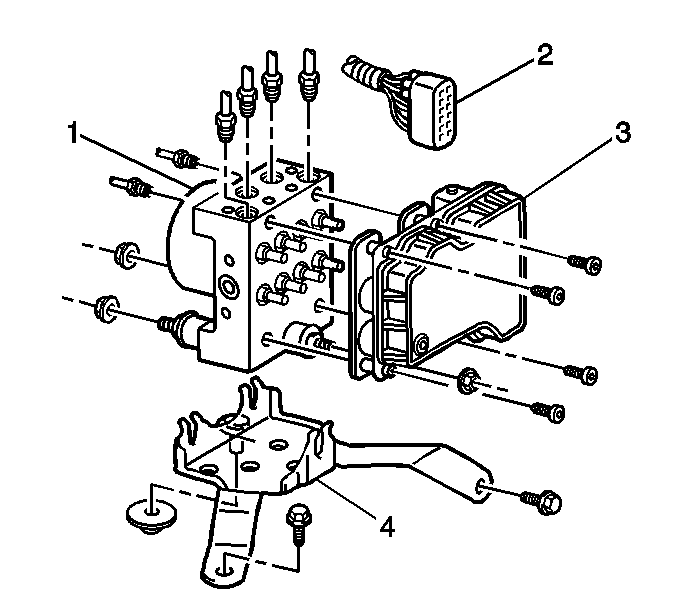The front wheel speed sensors are of a variable reluctance type. Each sensor is attached to the knuckle assembly in close proximity to a toothed ring. The toothed ring is pressed onto the outer Constant Velocity (CV) joint. As the toothed ring rotates, the wheel speed sensor generates an AC voltage. The magnitude and the frequency are proportional to the speed of the wheel and both will increase with increased speed. The sensor is not repairable nor is the air gap adjustable.

